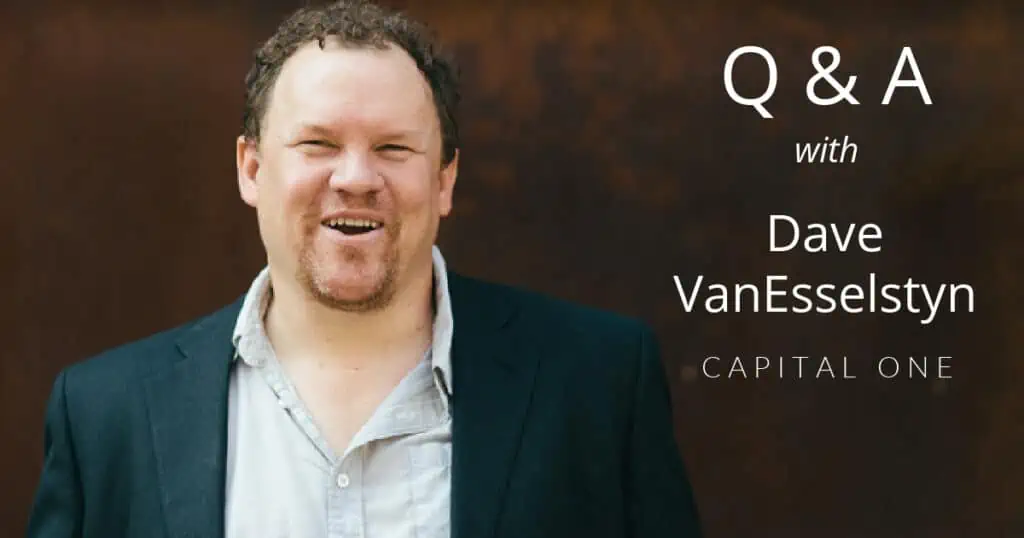It’s no secret that diversity, equity, and inclusion (DEI) are topics that need to be addressed in the workplace. Challenges and mishaps rooted in inequality—from the employee and the company perspective—have been taking place for years, even though only recently have they been surfacing more consistently. Unfortunately, these situations are not rare but thankfully, with more and more people speaking up, the DEI movement has taken hold across workplace cultures worldwide.
While it is our opinion that this is the “right” thing to do, it is a fact that more diverse companies are more likely to outperform their non-diverse counterparts. These benefits show up in a number of areas: financial success, greater innovation, and higher employee retention rates. However, even with such great benefits up for grabs, change is not instant and we all still have a long way to go. Real, lasting change will be stunted until company leaders step up and personally and professionally walk their talk by embracing diversity, equity, and inclusion. Here are 4 strategies leaders can implement right now to begin living the change they want to see.
1. Be Visible and Vulnerable
A company is only as strong as its leaders, and the strength of a leader will only be as great as their character, values, and beliefs. As companies focus more on DEI, it is their leaders’ job to walk their talk about the values that embody diversity, equity, and inclusion—not only in their professional lives, but their personal lives too. This willingness to be visible to those whom they lead requires a tremendous amount of commitment and vulnerability.
Storytelling is a tool that facilitates vulnerability and has the power to open us up to the possibility of change, which will inspire others to consider their own thoughts, beliefs, and actions.
It gives us a way to share the lessons we glean and outwardly recognize that there’s still progress to be made. Sometimes this comes in the form of sharing first-hand experiences about other peoples’ biases towards us, and sometimes it can be about the self-awareness of confronting our own personal biases. The leaders who make these moments visible are the ones who are embracing the change they want to see.
2. Listen
At Narativ we talk a lot about listening. This is because every story—even the ones you tell yourself—starts with the listener. With efforts around DEI initiatives, leaders must listen with a goal of understanding, not just responding.
Sometimes when we listen to uncomfortable topics, we listen with biased ears. This shuts us down and prevents us from learning another perspective. As a result, we may take things personally, only listen to respond, or become completely dismissive—all of which inhibit our ability to connect with the individual, appreciate their perspective, and learn from the interaction.
To ensure that team members feel the safety needed to share their stories, leaders must:
-
Remove rigid barriers.
Remember, we are all learning, and sometimes that requires us to unlearn ideas we once deemed to be true. It also means that we need to allow ourselves to be seen as fallible, authentic human beings who have both judged and been judged.
-
Listen to understand.
True listening starts with emptying our cups so there is room to take in the words, tone, and emotional expression of the teller. Listening with firmly rooted preconceptions or biases doesn’t ever lead to understanding.
-
Listen with the intent to learn.
When we listen to learn, this will help us seek understanding and learn a new perspective.
-
Be open to change.
Sometimes the things we learn when we listen to hard topics are the catalysts needed to make us better leaders.
3. Connect the Dots of Value to Your DEI Initiative
Okay, so we know many companies have the “talk” part down, but how do we begin implementing the “walk” to see change across every area of the company? Again, storytelling is key.
Have you ever been in a situation where someone told you what needed to be done, but they left out the why? It’s like when a parent tells their child they have to get good grades without explaining how their grades will impact their probability of acquiring higher education. Without understanding, the child may not take their schooling seriously. It works the same way in a business organization.
As human beings, we are all inherently resistant to change; therefore, being told that “something needs to change” without context as to why is not enough to actually perpetuate change. It’s important to help your employees internalize why a change is needed, and stories from other employees—including leaders—can personalize the why behind the change and empower your team members to connect the dots.
4. Foster Connection with the Common Ground of Story
Empathy naturally occurs when we truly listen to others, especially when they share their pain.
At Narativ, we recently facilitated a DEI initiative at a Fortune 500 financial company. We worked with 5 leaders, 3 of whom were caucasian, and coached them to tell stories about times when they were actively excluded and discriminated against or when circumstances led them to falling out of the mainstream and having to adapt.
They shared struggles with children on the autism spectrum; having to learn English as a first generation immigrant; dealing with religious prejudices. All of the stories started in a moment of pain and struggle, then moved to a moment of self discovery that informed the kind of leader they wanted to be, and finally the actions they took as executives in this company to try to right some of the historical wrongs that were still affecting employee morale and mobility today. The outcome of these stories was a rich dialogue that led to new, concrete actions that employees participated in surfacing and resolving.
As leaders, we have the privilege and responsibility of providing a safe space where team members trust that they can be vulnerable. Only then can the walls of job titles, experience levels, and hierarchies in general be broken down to the common denominator of “human being.” This common ground that emerges is where the magic happens.
Walking Your Talk for DEI Success
There’s no doubt that DEI can feel like a tricky area to navigate. However, the payoff of providing a place where employees can feel individually safe and appreciated—not to mention all the benefits research has shown DEI brings to organizations (increased innovation, greater profitability, etc.)—make it well worth the effort. Storytelling is an incredibly powerful tool in this effort because it allows us to see into another’s experiences, helping to make your DEI initiatives authentic and meaningful.
If you’d like to start using storytelling within your organization, learn more about our service offerings or schedule a brief consult with CEO Jerome Deroy to discuss your specific needs.




